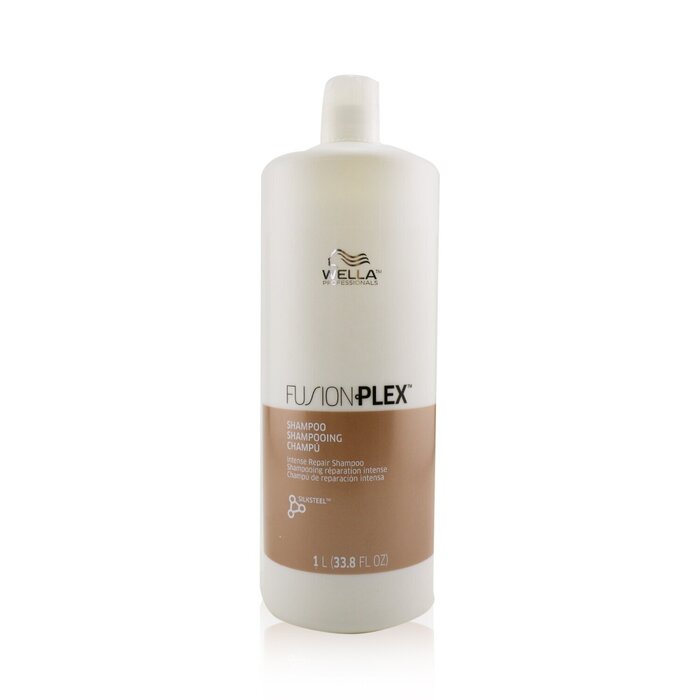


Human Genome build GRCh37 (hg19) is used.
#Fusion plex software#
FASTQ files with base call and quality information of minimum 4.5 million paired-end sequence reads are processed using Archer Analysis software to annotate gene fusions and variants found within these genes.

Paired-end sequencing of the enriched library is performed using Mid Output v2 (Illumina) chemistry on a NextSeq sequencer according to the manufacturer’s recommended protocol (Illumina, Inc. The library is quantitated using quantitative PCR and normalized for next generation sequencing. A library of DNA fragments is constructed for targeted capture of cDNA from fusion genes using custom designed FusionPlex® Pan-Heme panel and reagent kit (ArcherDX, Boulder, CO). First- and second-strand complementary DNA (cDNA) synthesis is performed. Total nucleic acid (TNA) is extracted from the sample using standard procedures.

This test can also be ordered for a single gene or a subset of 2-10 genes, chosen by the ordering clinician based on clinical and pathological findings. The FusionPlex® PanHeme Panel is based on next generation sequencing of RNA (cDNA) from bone marrow, leukemic blood, or lymph node tissue to detect somatic oncogenic gene fusions involving any of over 100 genes associated with hematological malignancies, without prior knowledge of the fusion partners or the breakpoints of the translocations. leukemias, lymphomas, myelomas, plasma cell neoplasms) frequently have chromosome rearrangements and gene fusions that are important in establishing a diagnosis, predicting prognosis, and guiding therapy choices. ABL1, ABL2, ALK, BCL11B, BCL2, BCL6, BCR, BIRC3, CBFB, CCND1, CCND3, CDK6, CHD1, CHIC2, CIITA, CREBBP, CRLF2, CSF1R, DEK, DUSP22, EBF1, EIF4A1, EPOR, ERG, ETV6, FGFR1, GLIS2, IKZF2, IKZF3, JAK2, KAT6A, KLF2, KMT2A, MALT1, MECOM, MKL1, MLF1, MLLT10, MLLT4, MYC, MYH11, NF1, NFKB2, NOTCH1, NTRK3, NUP214, NUP98, P2RY8, PAG1, PAX5, PBX1, PDCD1LG2, PDGFRA, PDGFRB, PICALM, PML, PRDM16, PTK2B, RARA, RBM15, ROS1, RUNX1, RUNX1T1, SEMA6A, SETD2, STIL, TAL1, TCF3, TFG, TP63, TYK2, ZCCHC7 Test Guide


 0 kommentar(er)
0 kommentar(er)
